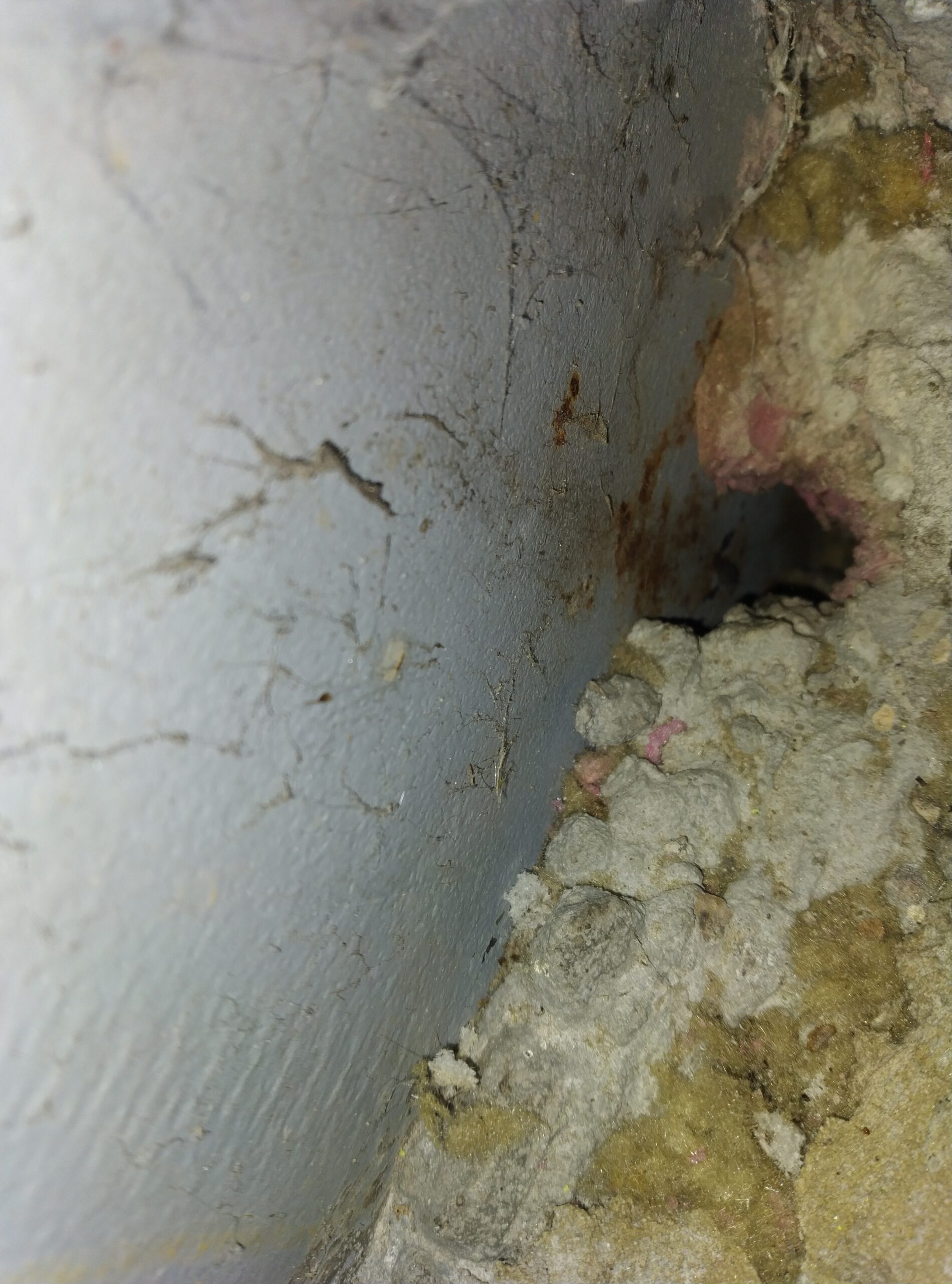unfortunately rodents can, and do, easily chew through expanding foam

What is Rodent Proofing?
When pest control professionals talk about proofing in it’s most simplest it just means sealing of all gaps and holes to prevent rodents entering the building. Sometimes this can be harder than it would first seem an air brick for example has holes for a reason and if you just seal it up you may stop the rodents getting in but you could cause problems with damp and mould.
Materials – Expanding foam?
It is really important to choose the right materials when proofing. Expanding foam is widely used as a quick fix to fill holes unfortunately rodents can, and do, easily chew through expanding foam. Some will say at least you will see the foam has been chewed and know where the mice are getting in from. Experience tells us this is not always true and we have see expansive networks of tunnels inside expanding foam which made it extremely difficult to pinpoint where mice were getting in from.
Another technique is to pack a hole with wire wool and cover that with expanding foam. In theory this is not a bad idea however in practice, when we have seen this technique used, far too little wire wool has been used allowing rodents access to the foam.
This is why we rarely use expanding foam the only situation which we find it acceptable to use is as a base for cement when sealing very large holes but even in this situation we would try to use wire wool or other suitable material to pack the hole.
Materials – What is suitable?
When proofing we use a range of materials depending on the situation but some examples include wire mesh, wire wool, cement, metal plates, door bristle strips. The important thing is when we carry out a proofing job we do it to last and use suitable materials for that purpose.
All our rodent jobs include a detailed report with proofing recommendations designed to help stop future rodent activity in your building. If you want a quote for proofing of your building please get in contact using the link below.
